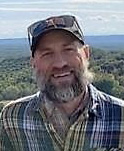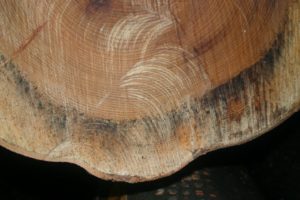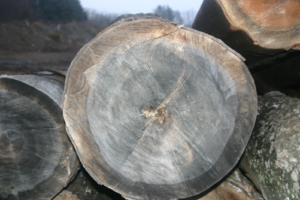Two leadership roles have been filled within the Division of Forestry. Eric Zenz was named as the Southwest District Forestry Leader and Jim Warren will serve as the Field Operations Bureau Director.

Eric Zenz
Zenz has been with the division since 2002 and has been the Black River Falls Team Leader for the past six years. He earned a Bachelor of Science degree in forest administration and utilization with a minor in business administration from UW-Stevens Point in 2001.
The division’s Southwest District includes the southern and western parts of Wisconsin, from Milwaukee up through Eau Claire. Zenz will be responsible for the division’s forestry field operations in the 33 Wisconsin counties included in this district. He enjoys working in coulee country and will continue to live in Black River Falls with his wife and two children.

Jim Warren
Warren has been serving as the Public and Private Forestry Section Chief since joining the Division of Forestry in 2003. He had previously been with the West Virginia Division of Forestry for 11 years after earning a Bachelor of Science in forestry from UW-Madison.
Warren enjoys hunting, fishing and boating along the Mississippi River in Grant County. He will continue to live in the Madison area with his wife and two sons and will be stationed at the Madison office with frequent trips to the Rhineland headquarters.
Included in the Forestry Field Operations Bureau are wildland fire prevention, protection, and suppression; forest fire law enforcement; prescribed fire; wildland urban interface; state and county forests; the Good Neighbor Authority; forest certification; conservation easements; private forestry; and the forestry tax law program. Learn more about these programs on the DNR website.
Zenz and Warren start their new positions on November 24, 2019. Both will report to Forestry Operations Deputy Division Administrator Heather Berklund who is stationed at the division’s Rhinelander headquarters. They will also both serve on the division’s Strategic Leadership Team that sets policy direction and ensures that the Division of Forestry continues to work in partnership to protect and sustainably manage Wisconsin’s forests to supply a wide range of ecological, economic, and social benefits for present and future generations.


